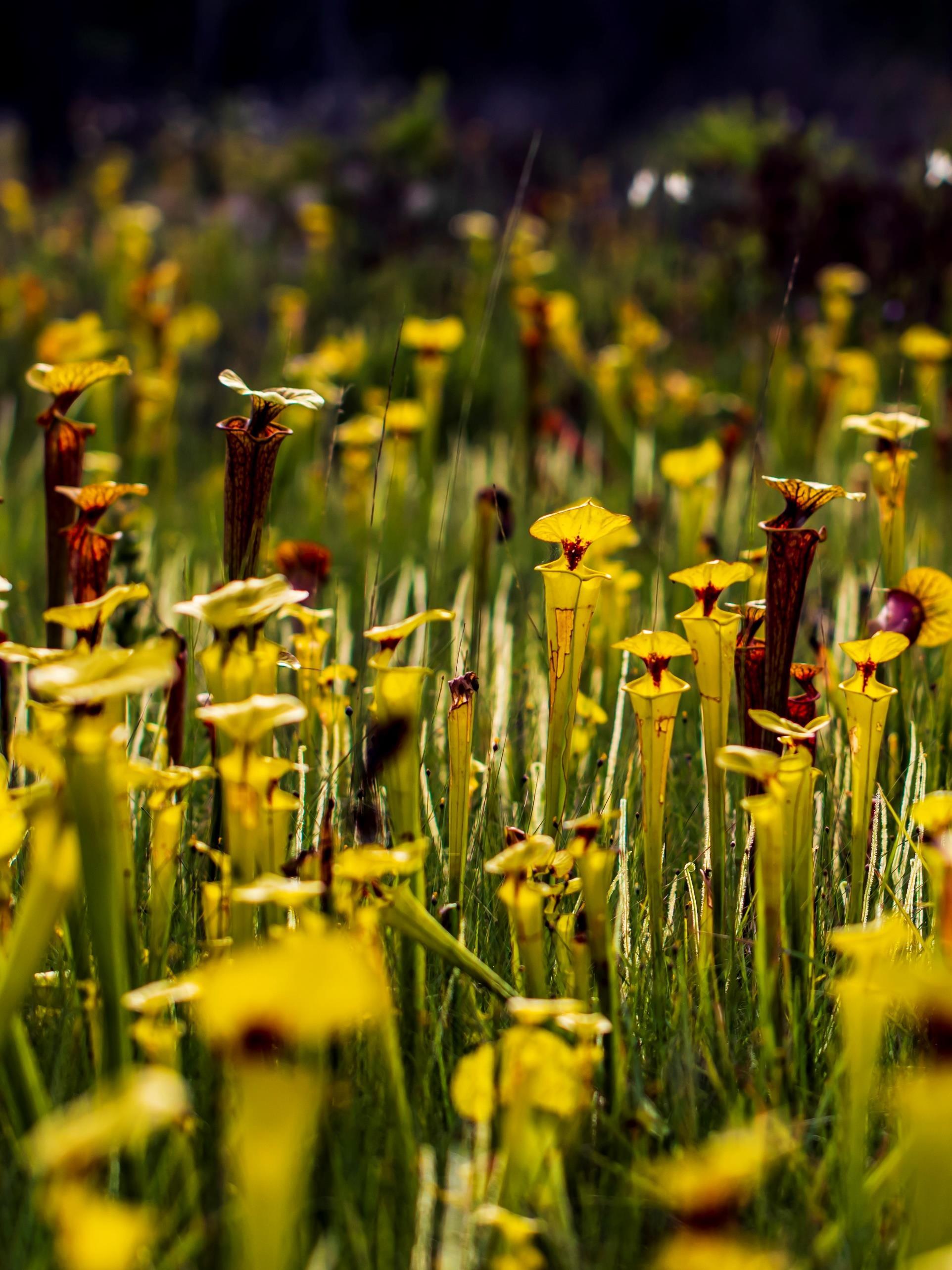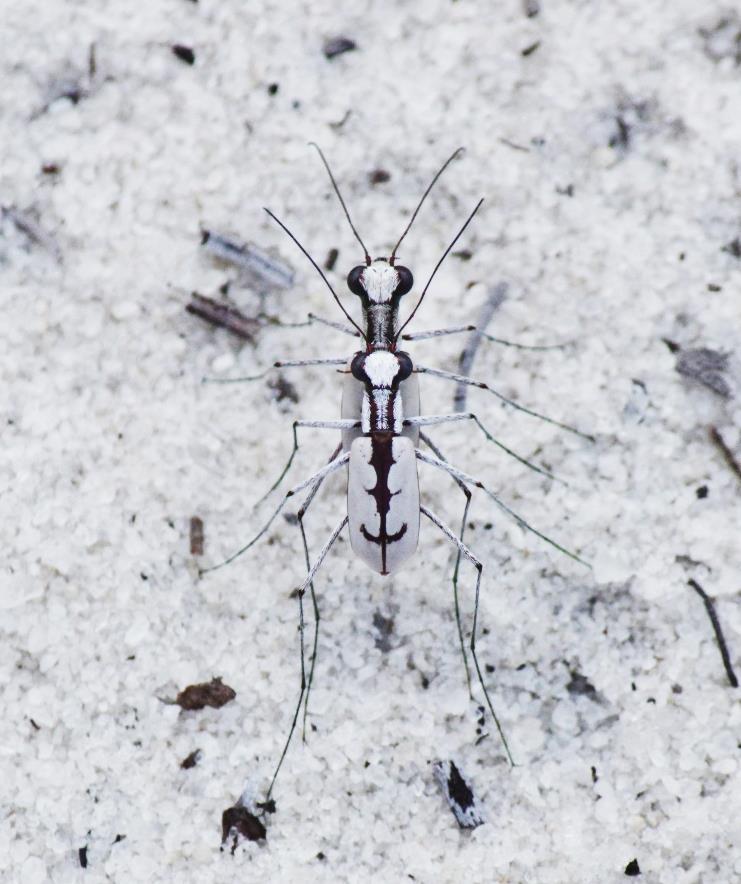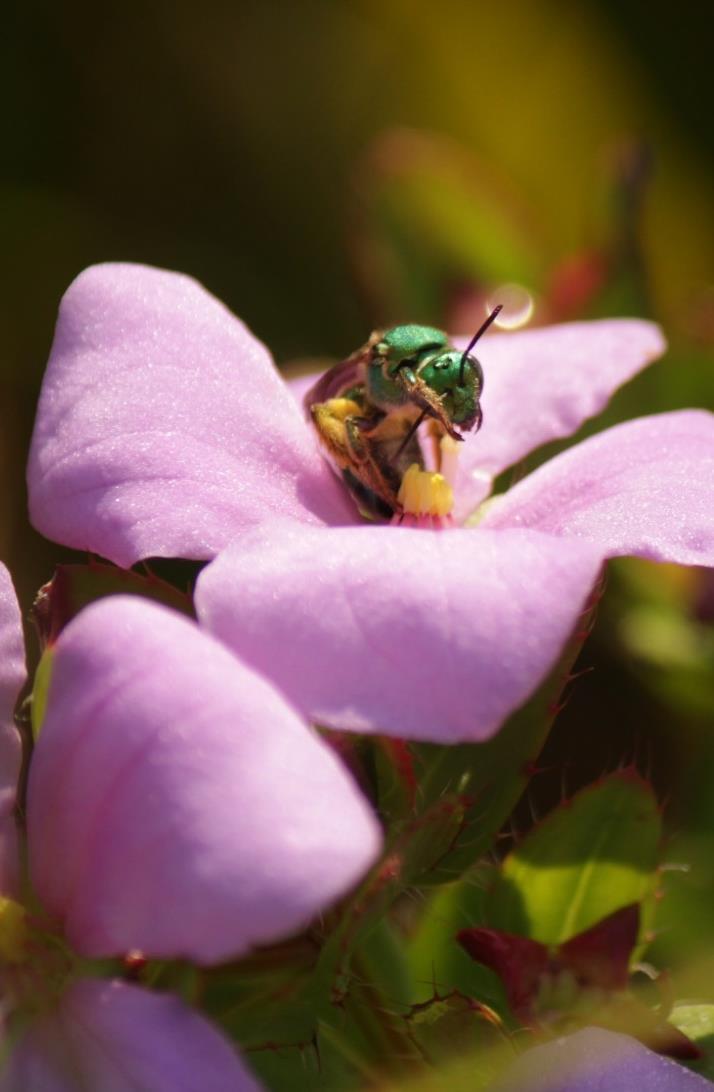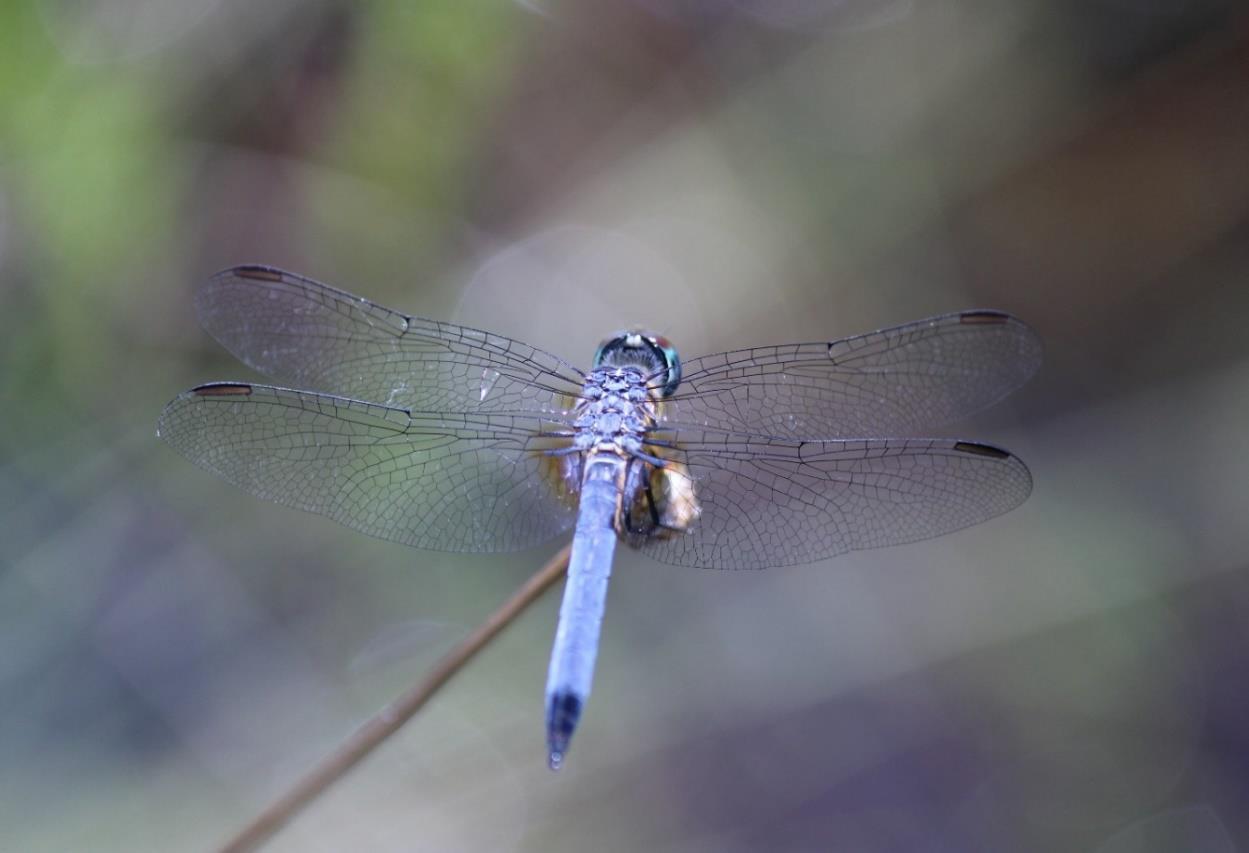
1 minute read
To Deer Lake State Park page 10
WHAT’S THE BUZZ?
Investigating the benefits of wetland restoration on insect diversity

By Cami Adams - Field Technician, Entomology
Restoring plant diversity can create habitats that support other organisms. This year, at our ongoing wetland restoration project at Deer Lake State Park, Florida, the Southeastern Center for Conservation broadened its scope to assess the impacts of restoration efforts on wild insect populations. Insects are a great bioassessment tool, as they tend to be more numerous and diverse in healthy ecosystems. I worked with fellow field technician Barbara Cory for six months to observe, collect and identify the insects within the park, so as to compare their diversity at two restored and two unrestored wetlands. Our work was funded by the United States Fish & Wildlife Service through the Florida Coastal Program.
Insect monitoring can be performed in several ways. We employed four techniques: light trapping, passive trapping, aquatic sampling and photo capture. Since insects occur in various micro-habitats and are active at different times of day, these different collection strategies allowed us to better capture their diversity. Light traps were set on new moon evenings each month to capture nocturnal or crepuscular insects. For diurnal insects, we used passive tent traps, which were checked twice a month. We also collected aquatic samples monthly. Many aquatic insects are best identified in the larval stage, including several rare caddisfly species that are of special conservation concern, as well as dragonflies. We supplemented larval dragonfly surveys with photo documentation of the winged adults. Photo capture was also used to survey pollinators.
While results are still being analyzed, we have found that the park is home to insects from 16 different orders, with the greatest family diversity occurring within Lepidoptera, Coleoptera and Hemiptera. Although caddisfly larvae have been collected from all sites, no rare species have been identified. In the long term, I hope that our work will spur future insect research in the Florida Panhandle.











